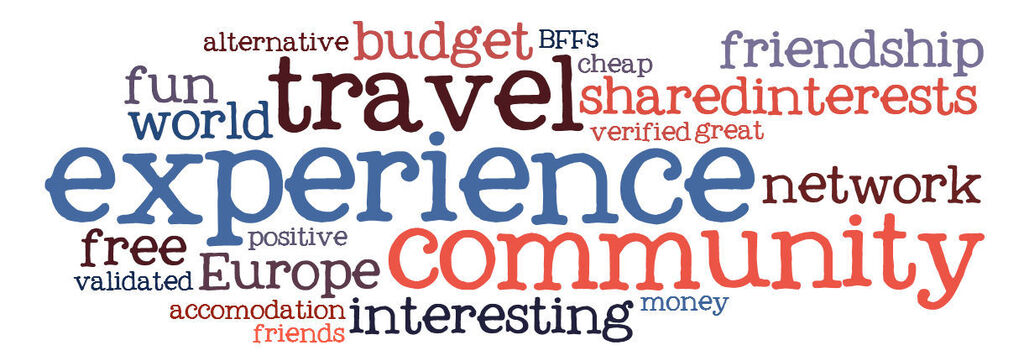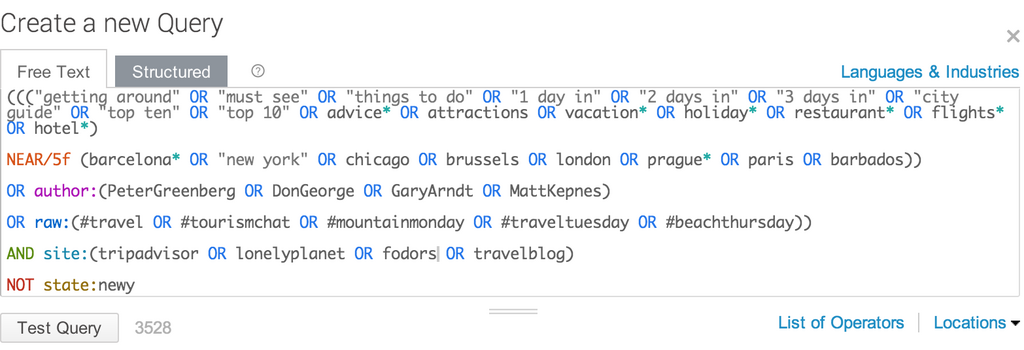Sometimes people get so caught up in the hype of big data that they can forget it’s meaningless without a context.
Often, big data focuses too much on the collection and parsing of data, and too little on how it can be used to make better informed business decisions.
The process is often simply to collect huge amounts of data, hoping that an easy-to-find story or trend will emerge from just looking at it.
“What if I look at my social data, and there are no interesting trends?”, people have asked us, millions of times.
Truthfully, your data won’t always show you what you want or expect to see.
“Dig deeper, think bigger”, we reply. And by that, we don’t mean spending hours of your precious time analyzing each single mention in your dataset.
It means you should resist the temptation to listen only around your brand; your products; your fanbase; you.
Use your social listening platform to go beyond your branded searches and ask yourself: what’s trending in your industry?

Not only will it help you better understand your share of voice within the discussions you’d like to be part of, it will also give you valuable insights into the bigger picture: the context surrounding your brand, crises, emerging topics or issues of interest to your social community.
1. How do you get started?
Start with the end in mind and set a specific goal. What is it that you’re looking for? To identify what’s trending, search for keywords such as:
- social #hashtags
- industry phrases
- thought leaders
- celebrities
- acronyms
- trending topics
- competitors
- industry organizations
- (etc.)
No matter which platforms or tools you’re using, it’s essential to dig into a generous variety of keywords so you have a great base to start with when refining the data later (using precise Boolean logic). Only then you can target the most relevant conversations.
The image below gives you a small snapshot of the ways to look at trends in the travel industry.

2. Where should you look first?
Once you’re happy with your tested search, it’s time to dig deep into your colorful dashboards.
This is the place where data turns into a conversation and where you need to pay close attention to:
- emerging trends and patterns
- any interesting spikes or drops in volume
- the experts
- the unhappy customers
- unexpected key topics of conversation
- successes or failings
- location differences
- standout talent for recruitment
- the overall industry language (does it fit with yours?)
- and the larger community’s perception of your market.
In our dashboard templates, we will throw all this information at you and much more.
3. Where’s the fun part?
At first, the volume of industry related discussions might be overwhelming. No surprises here, the topic is broad. You’re looking at massive dataset with millions of archived posts across the web: from Twitter, Facebook, blogs, forums, news sites, reviews, and so on.
But here’s the fun and challenging part about listening to your industry. You can converse with people who may not yet know about your brand, communicate your expertise and show them you have broader interests than your business.
There’s no single soul on earth who won’t appreciate your accessibility online.
Ultimately, you will want to meet new people, engage with thought leaders, develop new product ideas or establish your presence as an authority or a helpful resource.
Interested in monitoring your industry trends? Get in touch with us.



